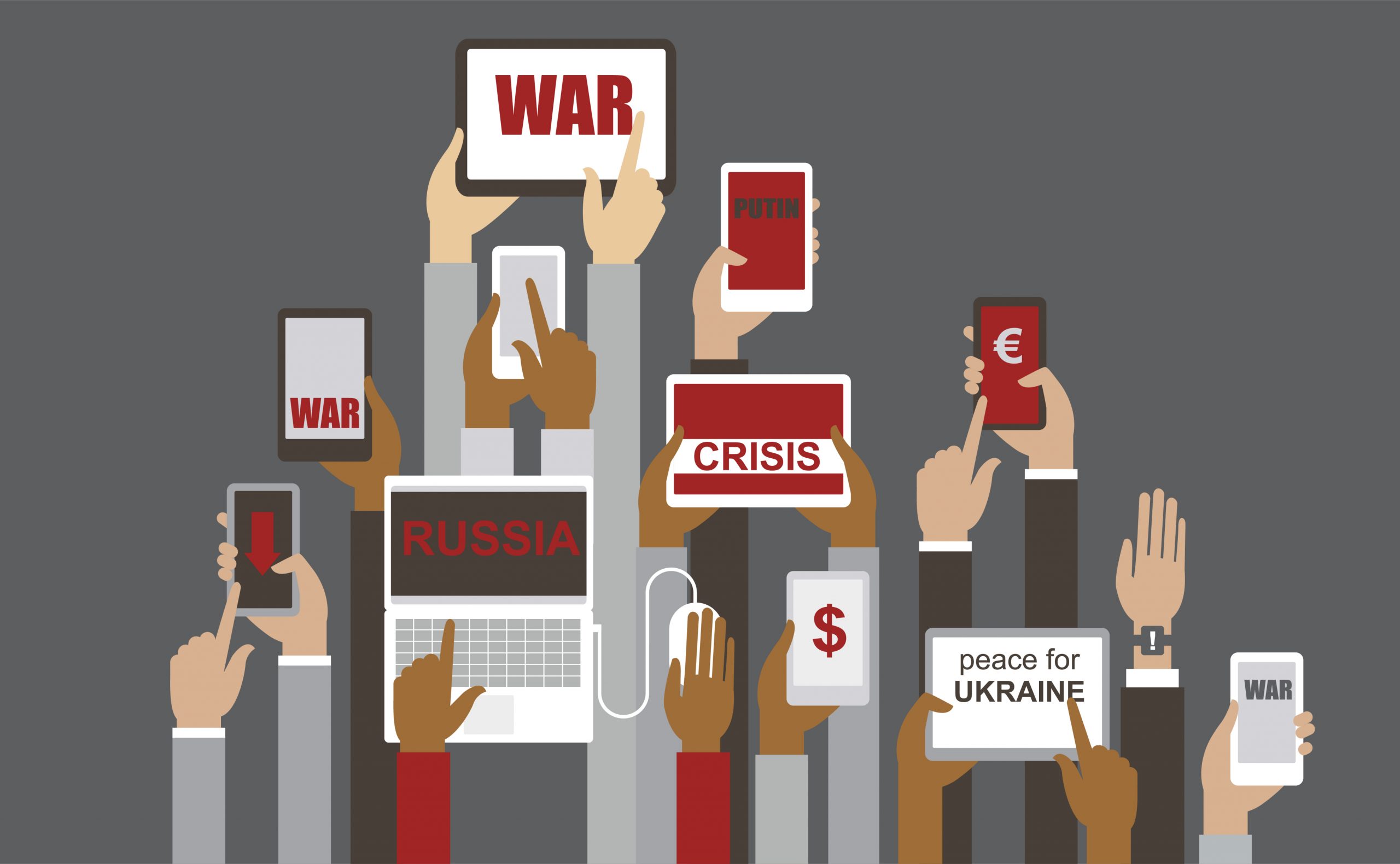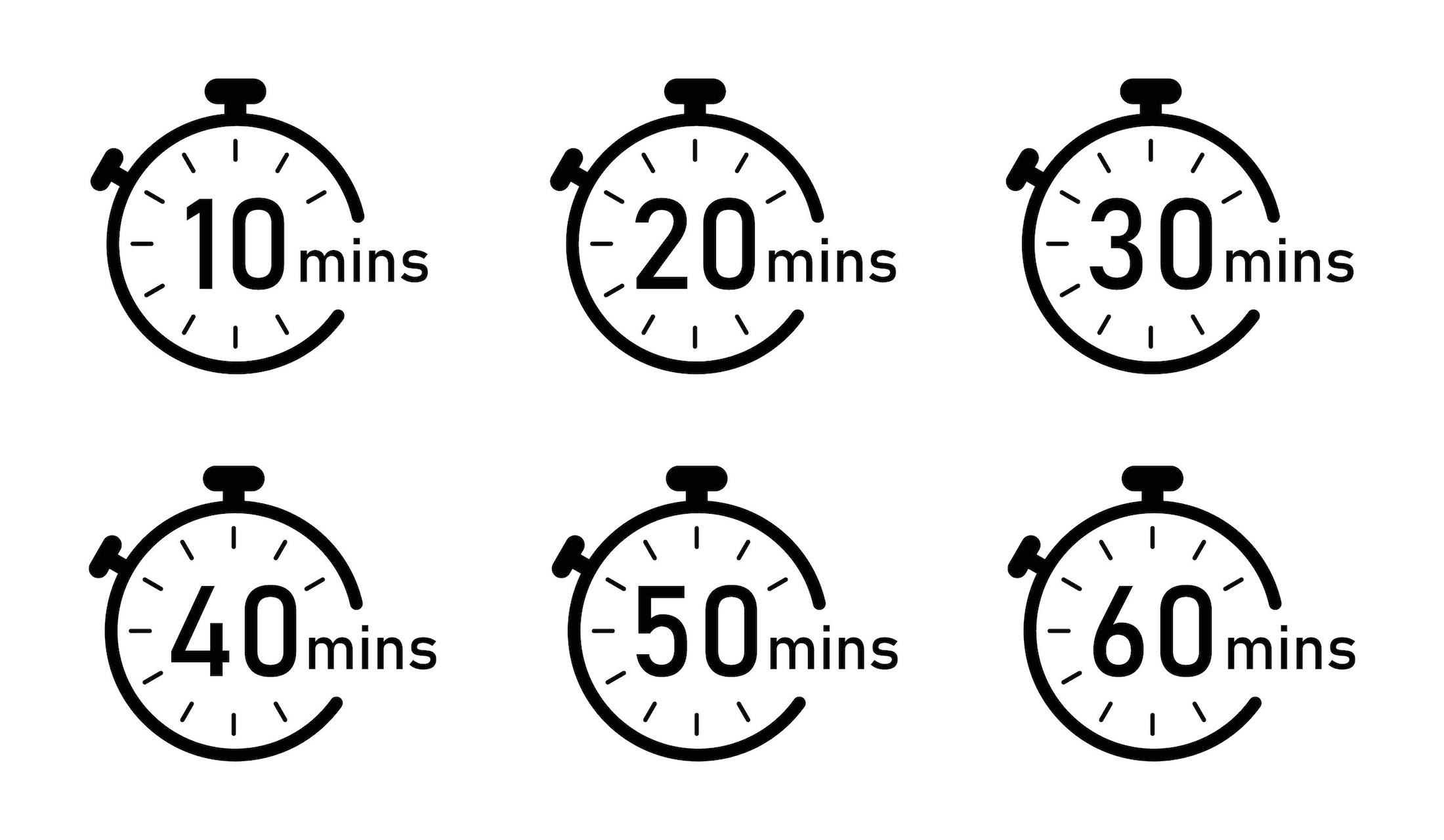When a crisis involving your company occurs today, there’s a good chance you may hear of it first through social media: a mob of citizens armed with smartphones and accounts on Instagram, Twi!er, Facebook or YouTube is o”en on the scene before mainstream media.
Before you know it, you and your team are under attack. The sheer size of the assault, between the number of people you have to deal with and the non-stop pressure under these circumstances, is enough to overwhelm your team and derail all the careful crisis management planning you may already have put in place.
(Imagine being in the White House today and having to deal with the daily firestorm raging in the twittersphere. )
You may not be able to control the crisis—whether it’s a life- or environment- threatening disaster (like an oil spill) or a reputational risk (like accusations of fiduciary mismanagement)—but you can control your response. There are two communication tips, integral to the Communic8TM system I teach at EBM, which apply to these crisis situations. First, you need to respond quickly, especially in a day and age where social media accelerate reactions: about 15 minutes to address a crisis breaking on Twitter, 30 minutes on Facebook. Second, your must always put your “audience first.” Adapt your speech depending on the platform, because understanding the people you’re addressing is all important when the going gets rough.
A Botched Response
Ryanair’s (2018) handling of a passenger video posted online that featured a racist rant by another passenger on board one of their flights is a good example of what NOT to do.
The footage—viewed some eight million times—showed a white man berating an elderly minority woman. Viewer outrage at the incident was amplified by the airline’s response: warning the man to ‘calm down’ and moving the victim to a different seat.
Not unexpectedly, calls to a boycott Ryanair fanned out over the internet, while mainstream media blasted a series of disastrous headlines. Ryanair’s official statement in response was slow in coming and lackluster at best: “We are aware of this video and reported this matter to Essex Police.” The airline was responding to the video rather than to the shock and suffering all the passengers on board that flight had had to endure in witnessing the event.
Ryanair issued a more detailed statement following a week of damning press coverage, blaming the media for “inaccurate” reports and lacking entirely in human warmth. An apology to the passenger was found only at the end of the statement.
A Deft Response
It was a fast-food nightmare: KFC ran out of chicken at nearly all of its 870 UK & Ireland restaurants when an unforeseeable series of events created delivery delays from their warehouses to their outlets.
As social media criticism ballooned, the communication and marketing teams got to work immediately, creating eye-catching ads in newspapers (which rearranged the KFC letters on the chicken buckets to own their FCK up), creating a page on their website where customers could check the chicken status of their local restaurants, and answering customer questions via social media almost daily.
It was a swift, transparent response in KFC’s authentic brand voice. Public sentiment turned sympathetic. Attention shifted from the problem and focused on the prompt, imaginative, humble response (KFC also fixed the problem!).
So… What Do You Do?
In a crisis, you have to think quickly but not without strategy. Always respond, don’t hide in the shadows and remember, your response window is just 15 minutes. Twitter, therefore, is most likely your best place to issue a first response on social media.
But think about how you will use social media to deliver your message: tailor your message to your audience, be personal and keep in mind that these social platforms may have millions of participants, but they are personal feeds. This is no place for your corporate message or an “official” tone of voice (save that for the press release).
Show sympathy towards any victims your crisis may have created, offer assistance, but be authoritative. This does not mean “overbearing.” It means being on top of things. Communicate your efforts to handle the crisis and diffuse its impact. Create trust and confidence by sharing facts in real time, rather than waiting until you have all the answers.
Don’t make things worse by responding to abusive comments on social media outlets. Collaborate and communicate internally so that employees have their own holding statements.
And finally, be aware that your crisis team will need regular breaks to re-group during a social media firestorm. Burnout fosters mistakes—something you don’t need when facing a crisis!
Click here to see all Adrian Dearnell’s Forbes contributions





